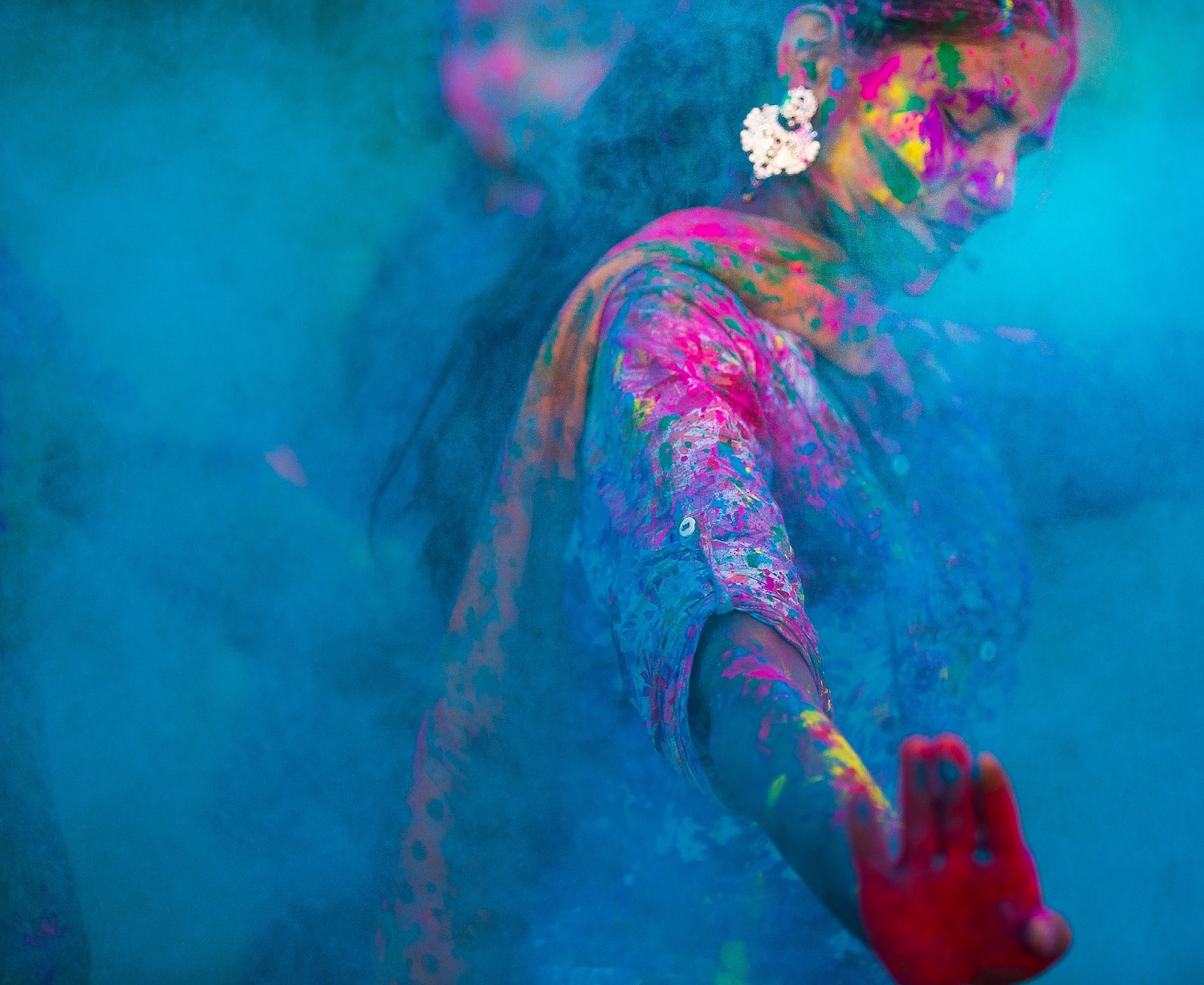In most cases, the right color will come naturally to you. However, the color should not be chosen lightly. No matter how enthusiastic you feel towards a certain color, it may be worth analysing its meaning and the potential emotions it triggers before making the ultimate decision.
Susan M. Weinshenk, an acclaimed American behavioural psychologist, in her book "100 Things a Designer Needs to Know About People" tells a story that emphasises the importance of being aware of a colour’s meaning. Weinshenk recounts an episode in which a company’s vice president had created a colour map of the different business regions to illustrate a portion of the annual’s revenue for each region:
- The eastern part of the US was coloured yellow.
- The central part of the US was coloured green.
- The western states got the colour red.
On the day of the presentation, as he got to the slides he had prepared he realised that there was a general buzz in the audience until someone plucked up courage and in an alarmed tone asked: "What the heck is going on in the West?”, to which the VP surprised replied: “What do you mean? They had a great quarter”. This company’s VP didn’t realize that for a financial person, the red is often associated with something negative, such as ”financial trouble”. He unintentionally mislead the audience.
It is important that we take into account the meaning the colours might invoke according to different geographic/cultural areas. For example, while the colour white, in Western cultures, is often associated with concepts such as peace, purity and innocence, in China this color associated with mourning (as opposed to black in the West). The David McCandless color wheel is an attempt to merge all these meanings into a single chart: "A visualisation of the meanings of different colours in different cultures".
Major takeaways:
- Color meaning varies depending on different cultures/geographic areas.
- Choose your colour carefully. Taking into account the meaning the colours might invoke.
- Pick a few major countries you will be reaching and check them so as to avoid unintended associations.
